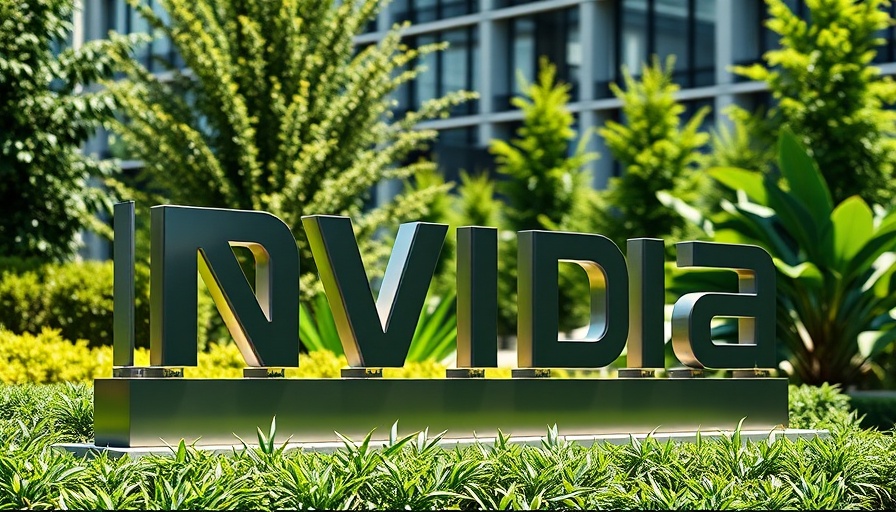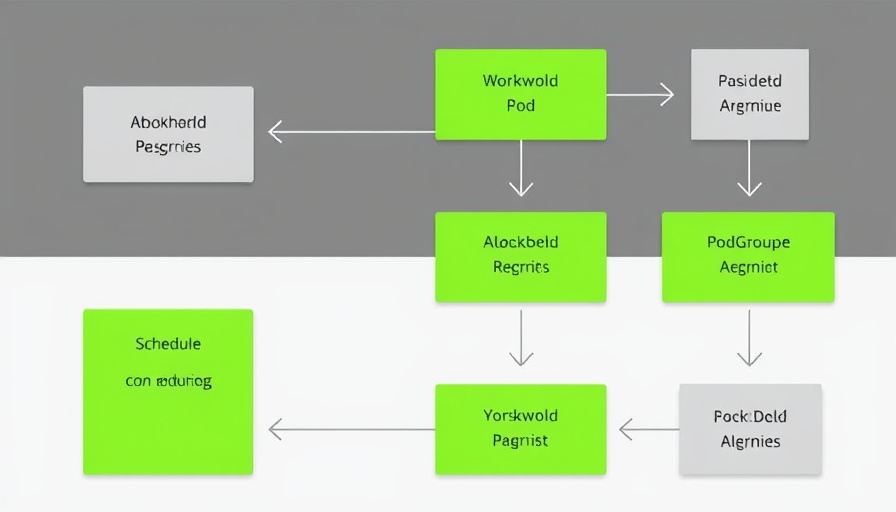
Nvidia's Recent Decline: A Snapshot of Investor Sentiment
Nvidia's recent decline in share price following its annual GTC (Graphics Technology Conference) event has left many observers pondering the underlying sentiments driving this shift. As reported, Nvidia's stock was initially interpreted as fundamental to growth and innovation within the tech industry, trading at approximately 26 times projected earnings—a figure that previously might have indicated strong investor confidence. This marked a notable shift, suggesting that investors are beginning to disconnect from the narratives that have traditionally propped up Nvidia's market presence.
Decoding Investor Disconnect in Tech Stocks
The current situation surrounding Nvidia resonates with ongoing discussions about the broader tech market. In a post-GTC analysis, investment experts liken Nvidia's struggles to similar dynamics observed across the tech sector, where expectations sometimes soar beyond reasonable valuations. With stocks like Nvidia hailed for their past performance, the sudden dip signals a potential recalibration of investor expectations and technology's market realities.
The Changing Landscape of AI Investments
Nvidia has been a leader in AI technology, seen by many as a critical player in the AI-driven future. The company’s chips power numerous applications within machine learning and deep learning frameworks, which are crucial for developing AI systems. However, this decline points to a growing skepticism amongst investors who may feel that the current hype surrounding AI isn't translating into the kind of financial growth they had anticipated. As interest rates rise and economic uncertainties loom, investors are becoming more cautious, seeking tangible outcomes rather than speculative growth.
Historical Context: Nvidia and AI's Evolution
Over the past few years, Nvidia has enjoyed significant acclaim from both industry experts and investors, cultivating a reputation as the 'go-to' provider for AI and GPU technology. As AI applications surged, Nvidia's revenue climbed, driven largely by demand in sectors from gaming to modern enterprise computing. Reflecting on this trajectory, the recent decline becomes more pronounced when considering how rapidly expectations within the AI space have shifted. Investors who have ridden this wave of enthusiasm may now reassess what sustainable growth truly looks like in an evolving market landscape.
Future Predictions: Opportunities and Risks
Looking ahead, analysts predict a bifurcation in the AI space that may favor companies capable of delivering results—even amid broader market declines. Nvidia is positioned to capitalize on its research and development capabilities, alongside strong partnerships that extend into various tech applications. However, with these opportunities come risks; the competitive landscape is quickly evolving, and firms like Anthropic, OpenAI, and others are emerging, providing alternative technologies that challenge Nvidia's market dominance.
Actionable Insights for Investors
For AI enthusiasts and investors alike, understanding the implications of Nvidia’s decline is essential. It may be wise to consider the following strategies: look at underlying fundamentals instead of stock prices, diversify investments across other tech firms, and keep abreast of emerging competitors offering innovative alternatives. Above all, patience and due diligence remain vital, as the AI technology space continues to mature.
In Conclusion: A Moment for Reflection
The recent downturn in Nvidia’s stock price is a poignant reminder of the volatility inherent in tech investments, particularly as the AI landscape evolves. AI enthusiasts must balance their excitement for the future with the realities of market performance. Understanding these dynamics not only equips investors with strategic insights but also fosters an appreciation for the burgeoning innovation landscape driven by AI technologies.
 Add Row
Add Row  Add
Add 




 Add Row
Add Row  Add
Add 

Write A Comment